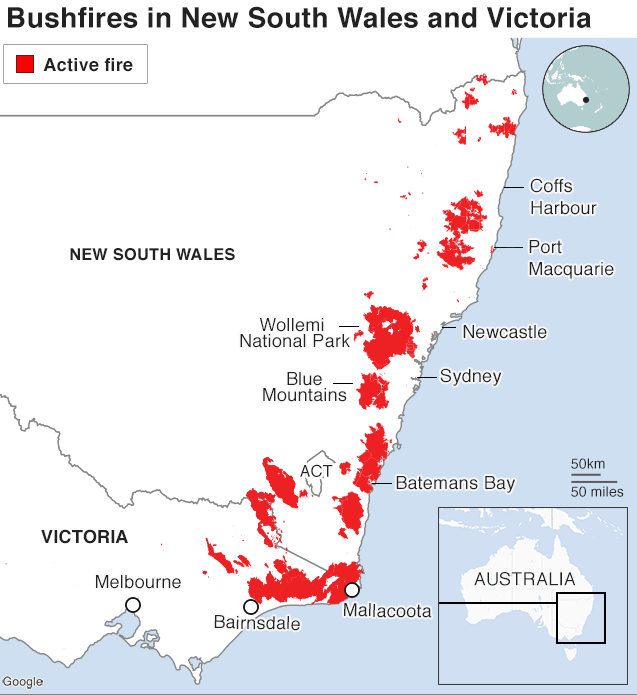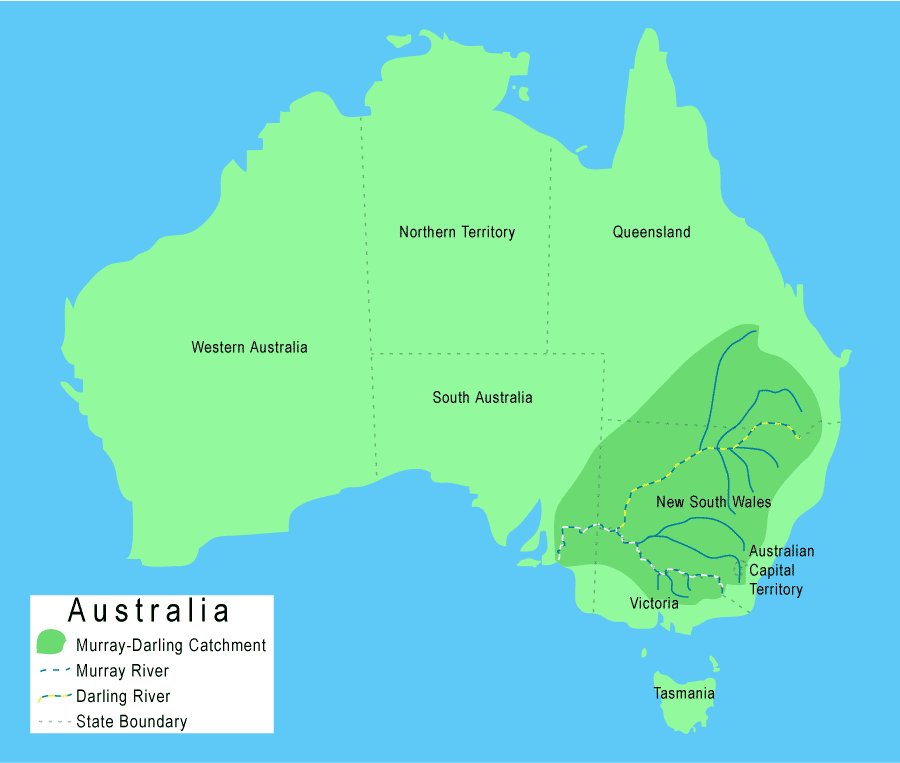7667766266
enquiry@shankarias.in
Why in news?
Australia is witnessing an unprecedented catastrophic fire season that began in August 2019, with large-scale destruction, mainly in New South Wales (NSW) and Queensland.
What is the impact?

What is the government’s response?
What is the significance with the current fires?
What is the impending threat?
What are the contributory factors?

What does this call for?
Source: The Hindu, Indian Express